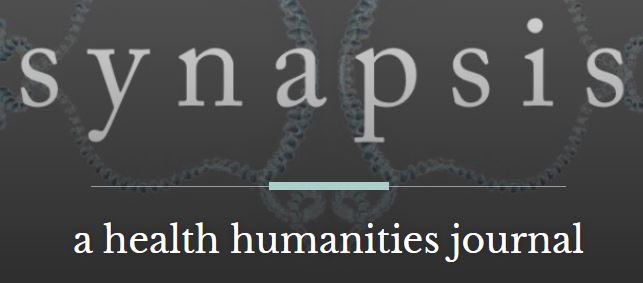The course aims to locate and systematize the features of state censorship’s fast-spreading new global wave. It is the third broad, global type after the “prior restraint” censorship methods witnessed in the pre-broadcasting era, followed by the “state ownership” systems of the totalitarian 20th century. Censorship 3.0 policies are typically disguised as democratically legitimized; they are pursued globally, in stunningly similar ways, by illiberal and neo-authoritarian governments since the end of the Cold War.
The course reviews the new, illiberal speech-controlling strategies, structuring them around four major internationally established media freedoms that the new censorship regimes typically restrict. Thereby the course also provides knowledge on principles of advocacy for media freedom. Special attention is paid to developments in Russia, the post-Soviet republics, and generally the post-1989 democracies. The course could be apt for students of political studies, journalism, communications, human rights and international law, international relations, European, Russian, and post-Soviet studies, and similar fields.


